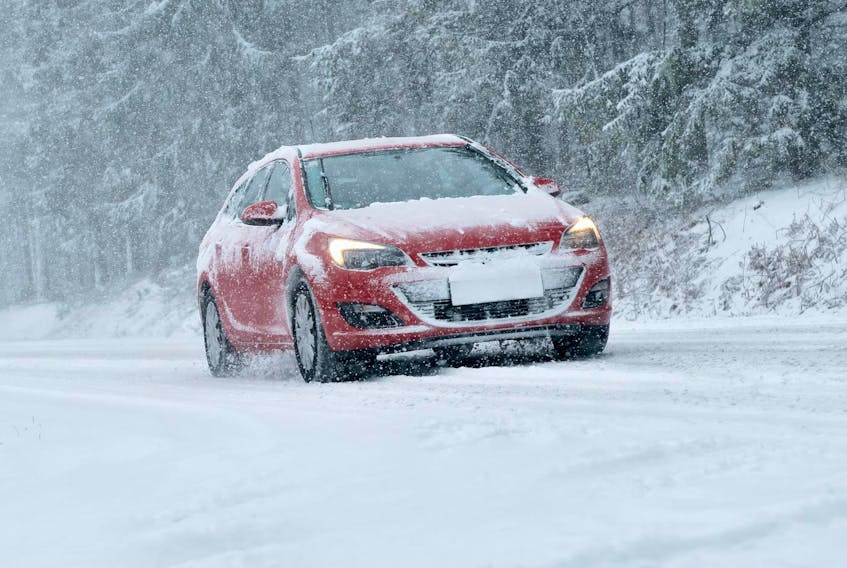Whether you are a first-time winter driver or have racked up hundreds of thousands of kilometres at the wheel in slippery conditions, sometime in the coming weeks you will likely have a sphincter moment, that first panicky realization that you have lost control.
The initial reaction when you sense a loss of steering or brakes is to panic, for every muscle in your body to tense up. What happens after that first few tenths of a second will determine whether the outcome is positive or negative.
For the more experienced among us the eyes, hands, feet or seat of our pants will send a message to the brain that there is an issue to be dealt with.
There are three likely possibilities from this point depending on the experience of the driver. In the case of an experienced and alert driver, the brain will register the report, and switch to learned reflexes in micro-seconds.
It will send a message to the muscles controlling those eyes, hands and feet. This will likely result in proper steering and braking reaction and a relaxing of certain other muscles.
The second scenario is that of the experienced, but inattentive driver. The message from the extremities will travel to the brain at the same speed, but it will take a few tenths of a second for the knock on that door to be answered, because the brain is occupied elsewhere.
This seemingly small slice of time, this less-than-a-second delay, allows the vehicle to continue a few extra metres, at speed, while the brain switches from whatever it was doing, to interpreting the newly arrived information.
The third possibility is panic — sheer outright panic. This is most often encountered by people experiencing winter and/or the sensation of loss of control for the first time. It is entirely possible for someone to drive many years without encountering a loss of control.
They may drive cautiously or slowly, perhaps having avoided those few occasions when the conditions are poor. At any rate, the outcome of this first exposure to loss of control is most likely panic — which is the most counter-productive course of action.
Panic causes delay, a stiffening of muscles and a fixed focus of the eyes — all of which are detrimental to making the right moves — smooth application of the brakes, throttle or steering wheel while looking in the intended direction of travel, past the problem. It is wonderful theory to tell people not to panic.
But the natural instinct is to panic at the first sign of a problem. The difference between experience and a lack of experience is the amount of delay between recognition, and action and the course of that action.
It is easy to preach that you must not whip the steering wheel or stomp on the brakes with the resultant loss of traction. But that is exactly what 99 per cent of all drivers will do the first time they are confronted with a loss of grip.
Subsequent encounters will shorten the delay between recognition and control and, after a few more, it will become all but second nature to read the scene unfolding in front of you, and take the correct actions.
But all that experience is wasted if a driver has not been paying attention or if he or she is distracted. The finest driver in the world, with years of experience on ice, snow or in other situations on the outer limits of control — will panic briefly.
Then they will instinctively take the proper actions, garnered through all that experience. An alert driver has more time to interpret and react. An alert and experienced driver is even better equipped to turn the situation around.









